(Featured image: Enkel Writing Table)
Confused about all the different types of wood and wondering what’s best for your furniture? Fret not, as we have compiled an introduction to three types of commonly used wood found in furniture. Read on to find out more!

- Solid Wood
(Featured image: indiamart.com)
Introducing solid wood, which refers to natural lumber milled from trees and these structures don't have hollow spaces unlike other forms of engineered wood. Solid wood is favoured in the manufacturing of high-end furniture as solid wood is the most durable among the three types of wood and can last for centuries. However, due to scarcity, the price of solid wood is significantly higher as compared to engineered wood.
Solid wood fares the best in terms of durability as strength and is also highly repairable in most situations which makes it ideal in the furniture trade. Most furniture such as bed frames, flooring, wardrobe and sofas can be made using solid wood.
Solid wood has a few shortcomings, namely its high price, susceptibility to environmental changes and its flexibility. Solid wood isn't very flexible, although teak is considered to be one of the more flexible hardwoods in carpentry, the thicker the wooden plank, the harder it is to bend. It takes a lot of time to shape the wood with soft curves for comfort and achieve a precise curvature. Some examples of solid wood with curvatures are the Mono Dining Chair and Stellan bed frame headboard.
Solid wood can also be prone to chips and dents along the corners, depending on the original condition of the tree.
Scanteak products that use Solid and Teak Wood are our Dining tables and chairs, study tables, bed frames, chest of drawers and Enkel sofa.

- Plywood
(Featured Image: Wikipedia)
Plywood is essentially layers of wood boards glued together and covered with a veneer on the front and back surfaces. This layering gives plywood its strength, though still not comparable to solid wood and it is unsuitable for doors as plywood has a tendency to wilt or bend from the middle when subject to too much weight, or without adequate support.
Veneers help to increase the longevity of the product due to teak’s resistance to moisture and warping. Teak wood cells contain concentrated natural oil and rubber that imparts decay resistance property, so you don't have to worry about pests and termites.
Plywood is well-known for its flexibility and lightweight. Most of the commercial-grade plywood needs to be covered by laminates or veneers in order to enhance its beauty and increase its life expectancy. There are several types of veneers used in industry, but most furniture companies use paper veneers.
Because of its lightweight, many carpenters tend to use plywood to manufacture drawers. In Scanteak, we use solid teak wood for most items, but for some products like our Study Desk, we have to use plywood for the sliding doors as they need to be flexible in order to bend.

- Chipboard
(Featured image: James Latham)
Chipboard, also as known as particleboard, is a material made of rigid sheets from compressed wood chips and resin. It is often coated or veneered to increase the durability in a furniture product. It is undoubtedly the cheapest among the three types of wood due to the recycled chips of wood used.
Chipboard is made up of recycled material, so it's more environmentally friendly than other wood. Fewer trees are felled down when people choose chipboard over solid wood. Although it is very environmentally friendly, it can easily be damaged by moisture as it can swell and disintegrate. Chipboard is prone to cracking and splintering, especially when driving screws or nails into its surface.
Note: Scanteak doesn't use chipboard as it is prone to cracking and splintering, especially if you are driving screws or nails into the surface.



